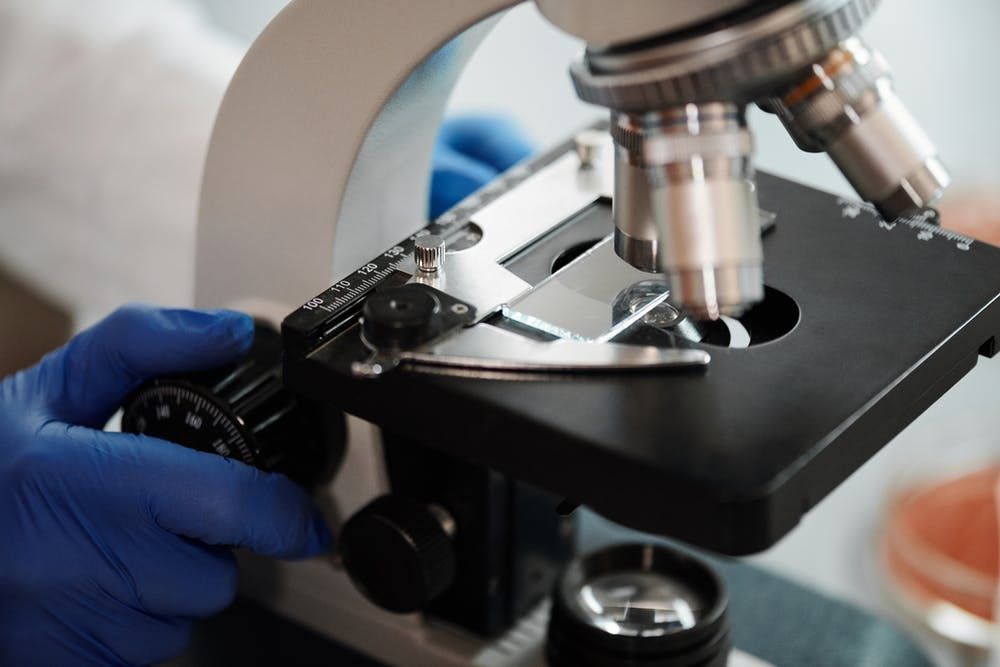Smartphone COVID-19 Test Developed by University of Arizona Engineers
Investigators plan to partner with testing facilities at the University to distribute the device to students.

A recent paper published in the journal Nature Protocols describes a test to detect the coronavirus disease 2019 (COVID-19) that employs a smartphone microscope to analyze samples of saliva. The test is extremely rapid, with the ability to deliver results in a very short amount of time. The technology was developed by investigators from the University of Arizona.
The test technology was developed originally to detect the norovirus , where users introduce antibodies with fluorescent beads to a potentially contaminated water sample. The antibodies will attach to pathogen particles if there are sufficient numbers of the particles present. This is shown as clumps of fluorescent beads under a microscope, and the entire process only takes around 10 minutes.
The investigators behind the new study improve upon the original test, adding a 3D-printed housing for the microscope and microfluidic chip. Additionally, the paper discusses adaptive thresholding, where a fixed value is set for what levels of pathogen detected represent a danger using artificial intelligence,
"I have a couple of friends who had COVID-19 that were super frustrated, because their PCR results were taking six or seven days, or they were getting false negatives from rapid antigen tests. But when they got the final PCR tests, they found out they had been sick, like they'd suspected," Katie Sosnowski, a biomedical engineering doctoral student who works in the lab that created the test said. "It's really cool to be working on a detection platform that can get fast results that are also accurate."
The team plans to use the existing technology outlines in the paper and combine it with existing nasal swab antigen tests and nasal swab polymerase chain reaction (PCR) tests, to improve upon both the speed as well as the accuracy. They also aim to use the test conjunction with a saline-gargle test that was created by Michael Worobey, the associate director of the University of Arizona BIO5 Institute.
"Adapting a method designed to detect the norovirus - another highly contagious pathogen - is an outstanding example of our researchers pivoting in the face of the pandemic," Robert C. Robbins, the President of the University said. "This promising technology could allow us to provide fast, accurate, affordable tests to the campus community frequently and easily. We hope to make it a regular part of our 'Test, Trace, Treat' strategy, and that it will have a broader impact in mitigating the spread of the disease."
